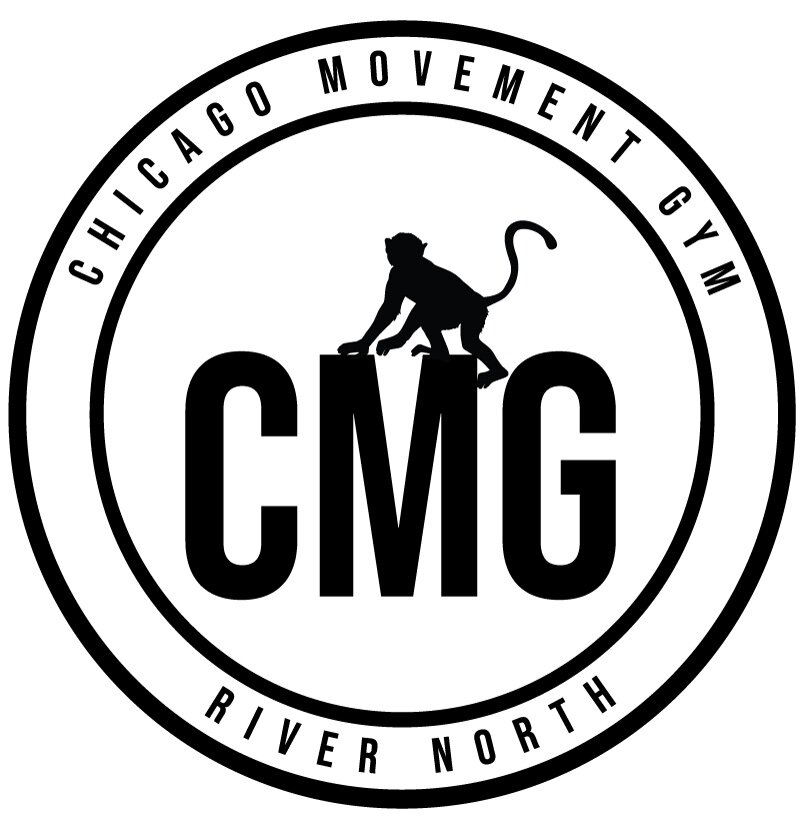What bodyweight Exercises Can Men Over 30 Do for Everyday Movement?
As men age, maintaining physical activity becomes increasingly important for overall health, mobility, and energy levels. For men over 30, incorporating exercises that support everyday movement can improve strength, flexibility, and endurance while reducing the risk of injury. Here are some effective bodyweight exercises to enhance your daily routine and keep your body moving smoothly.
1. Dynamic Stretching and Mobility Work
Start your day with dynamic stretches to loosen up stiff muscles and improve your range of motion. These movements prepare your body for physical activity and reduce the risk of injury. Examples include:
Leg Swings: Swing one leg forward and backward to open up your hips.
Arm Circles: Rotate your arms in large circles to warm up your shoulders.
Cat-Cow Stretch: Alternate between arching and rounding your back to improve spinal flexibility.
2. Bodyweight Strength Exercises
Bodyweight exercises are excellent for building muscle and supporting functional movement without the need for equipment. Incorporate these into your routine:
Push-Ups: Strengthen your chest, shoulders, and triceps. Modify with knee push-ups if needed.
Squats: Build leg strength and improve balance. Try single-leg squats for an added challenge.
Planks: Engage your core and stabilize your entire body. Side planks can target obliques.
Lunges: Improve leg strength and balance by stepping forward or backward into lunges.
3. Cardiovascular Bodyweight Activities
Cardio exercises can be done without equipment to enhance heart health and boost endurance. For everyday movement, try:
High Knees: Run in place while lifting your knees as high as possible.
Burpees: A full-body exercise that combines a squat, push-up, and jump.
Mountain Climbers: Engage your core while performing a running motion in a plank position.
4. Functional Bodyweight Movements
Functional exercises mimic real-life movements and improve your ability to perform daily tasks. These exercises enhance strength, coordination, and flexibility:
Step-Ups: Use a sturdy surface to mimic climbing stairs.
Bear Crawls: Move on all fours to improve coordination and core strength.
Glute Bridges: Lie on your back and lift your hips to strengthen your glutes and lower back.
5. Flexibility and Recovery
Flexibility exercises and recovery techniques are essential for reducing muscle tightness and preventing soreness. Add these to your routine:
Yoga Poses: Practice poses like Downward Dog and Warrior for flexibility and balance.
Static Stretching: Hold stretches for 20-30 seconds after workouts to maintain flexibility.
Child’s Pose: A gentle stretch for the back and hips.
6. Core Stability Bodyweight Exercises
A strong core supports good posture and prevents back pain. Try these simple yet effective moves:
Bird Dogs: Extend one arm and the opposite leg while balancing on all fours.
Russian Twists: Rotate your torso side to side while seated.
Leg Raises: Strengthen your lower abdominal muscles.
Hollow Body Holds: Lie on your back and lift your arms and legs slightly off the ground.
Final Tips for Success
Consistency Is Key: Aim for at least 30 minutes of exercise most days of the week.
Listen to Your Body: Modify exercises to suit your fitness level and avoid overexertion.
Stay Hydrated: Drink plenty of water before, during, and after workouts.
By incorporating these bodyweight exercises into your daily routine, men over 30 can enjoy improved mobility, strength, and overall well-being. Remember, the goal is to move consistently and stay active to support a healthy lifestyle.
